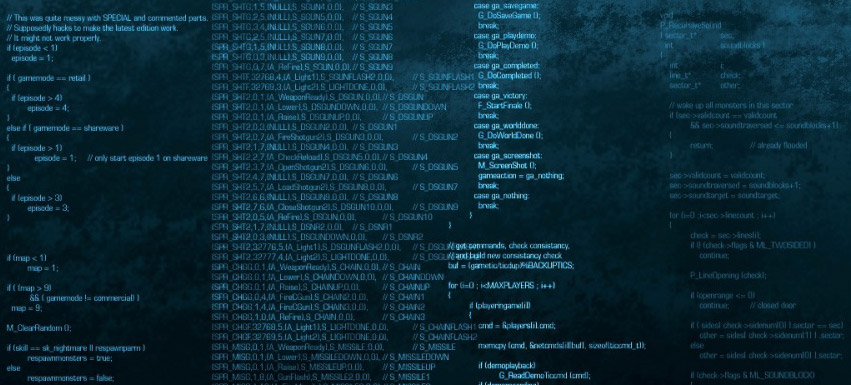TOPIC 1: Nature
Surviving in the wild
This game revolves around the theme of nature, and tests the player’s ability to strategize in a life-and-death scenario, by rationing available resources. Throughout the course of the game, players can learn about the names of some common edible/poisonous plants and the importance of clean water.
Act #1: You are stranded in the middle of a forest, in an unknown location. Armed with a compass, you plan to navigate towards the direction of safety (which will take days to reach by foot).
Act #2: With limited supplies in your backpack, you need to source for ways to stay alive in the wild. Your aim is to maintain your levels of hydration and energy in order to survive.
Hydration level – decreases over time. You need to source for water from rivers/streams nearby, and purify before drinking.
Possibility:
Can’t find a water source – dies from dehydration.
Energy level – decreases over time, especially from travelling and other vigorous activities. You need to source for food by foraging for edible plants, fruits and small fishes.
Possibility:
Eats poisonous fruits – dies from poison.
Can’t find food – dies from exhaustion.
Act #3:
Outcome 1 – You fail to survive and died.
Outcome 2 – You succeed in reaching safety and requested assistance from people nearby.
TOPIC 2: Blind
Prison Break
This is an interactive story about escaping a prison, but with a twist – you can barely see. With limited visuals, the player is encouraged to focus on the background narration and audio, in order to complete the mission.
Act #1: In an operation gone awry, you are injured and find yourself 80% blind. Having been framed, you are wrongly accused and thrown into prison. However, you are the only person who knows the truth behind what happened and only you know where to go to uncover it.
Act #2: Due to prior training, you know how to break out of prison, to solve the case. However, being unable to see makes the situation so much worse.
What to do – to source for useful materials to unlock the prison and escape to safety.
Outcome 1: Get caught. Game over.
Outcome 2: Escapes successfully!
Act #3: It’s 11:00pm, you reach the office of the culprit who framed you. There is a hard drive containing crucial information which you have to retrieve in secret. There is only one worker in the office who is working overtime.
What to do – search for the hard drive without making too much noise. Avoid crashing into things around the office, considering that you can’t really see.
Outcome 1: Crashes into something, the worker gets alerted and you get caught. Game over.
Outcome 2: Steal the hard drive successfully and expose the culprit!




